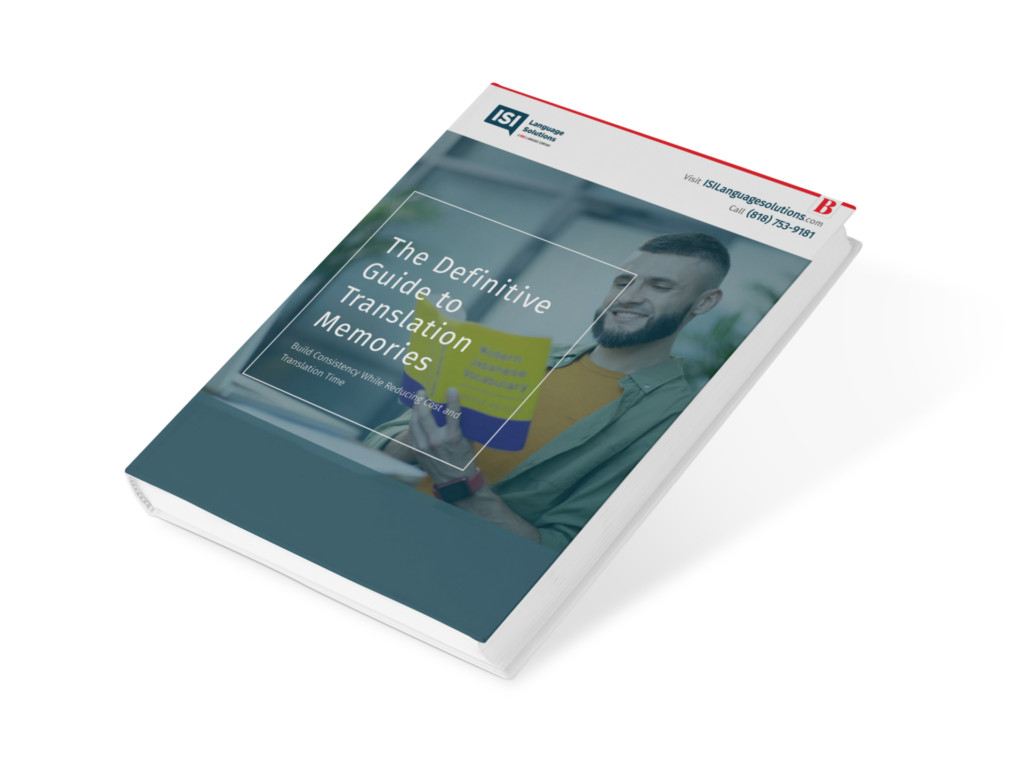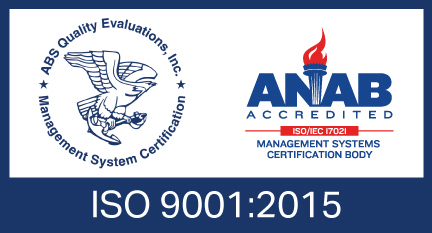Businesses that provide content for translation may not even be aware of the need for ‘regional readiness’ in their source materials. Yet, if content destined for international use is not suited to effective translation, those businesses risk paying over the odds for localization services. Even worse, they could be launching products, messaging, or branding in their target markets that are exclusionary, discriminatory, or even offensive.
Avoiding Accidental References
Of course, no company sets out to exclude or offend its target audience. It is natural and indeed recommended for business owners and their sales and marketing teams to seek to apply the same consistent content, language, and messaging to their operations worldwide. The inherent challenge here is that what might seem “familiar” or be easily understood in one culture or language may not seem quite so familiar in another. This can apply to everything from imagery and terminology to how statistical information is referenced or presented.

Here are some common pitfalls to avoid:
- Imagery that excludes
Many international organizations are aware of the need to avoid bias in the imagery they use in their marketing materials worldwide. But, it does still happen. From white, male-only boardrooms and meetings to culturally inappropriate clothing, it is essential to consider how different cultures and countries worldwide will receive your chosen images, including those sourced from stock image libraries. - Pronunciations of English proper names
Likewise, when including proper nouns in the original English source text (i.e., names for people, places, or products/services), it is essential to consider whether they already mean something in your target languages. Names with innocuous meanings in their native tongues can be potentially offensive in other languages. By including Anglo-centric names and places only, you could also be localizing your business in a way you do not intend. - References to statistical information
The same applies when it comes to including facts and stats. A common misstep here is in only including references to U.S.-based research in your global materials. While it is not always easy to find statistics that apply worldwide, by endeavoring to do so in your source materials, you will save yourself the need to replace U.S.-only references in your translated content (or risk undermining the effectiveness of such materials). - Games, sports, hobbies, and pursuits
We are all products of our location and upbringing, so it is natural to think that every culture enjoys the same hobbies, pursuits, and pastimes. While some U.S. holidays are understood by other cultures worldwide (e.g., Black Friday, Halloween), referencing events like these too heavily can make your business sound too U.S.-focused. The same applies to popular supporting events (e.g., the Super Bowl), religious holidays, and social events, especially those associated with alcohol consumption. - Phrases, terminology, and expressions
It is natural to reach for a catchy or popular expression when seeking to liven up marketing headlines or text. Unfortunately, many idioms do not translate well. They may be too deeply rooted in U.S. culture (e.g., “jump on the bandwagon”), stereotypes and prejudices (e.g., “go Dutch”), sport (e.g., “give a ballpark figure”), or even in the country’s constitution (e.g., “plead the fifth”). By ensuring any expressions used are universally understood and capable of literal (or equivalent) translation, you can avoid the risk of confusing or excluding your target audience. - Confusing formatting
The more you examine your text, the more likely you are to find that you might be accidentally referencing something—whether spoken, written, or in imagery—that undermines the effectiveness of your brand and content in your target market. Even factual and legal content with minimal “brand speak” may use confusing formatting and presentation styles. Consider, for example, how you present dates: A U.S. reader would understand 01-06-22 as January 6, 2022, whereas a European reader would read 1 June 2022.

How to Achieve Regional Readiness
When converting flyers, brochures, websites, and other such materials from a source language for international use, it is natural to focus on finessing the source materials first and only consider translation later. However, by incorporating a translatability assessment process, undertaken by trusted linguistic and cultural professionals, at the start of your content creation workflows, you can prepare source content that is ready for localization on a global scale.
Translatability assessments consider the vernacular, imagery, and formatting used in your source materials to help you avoid presenting your company in a way that risks being exclusionary, culturally insensitive, or even offensive.
To find out more about creating a translatability assessment strategy for content globalization readiness, contact us today.








